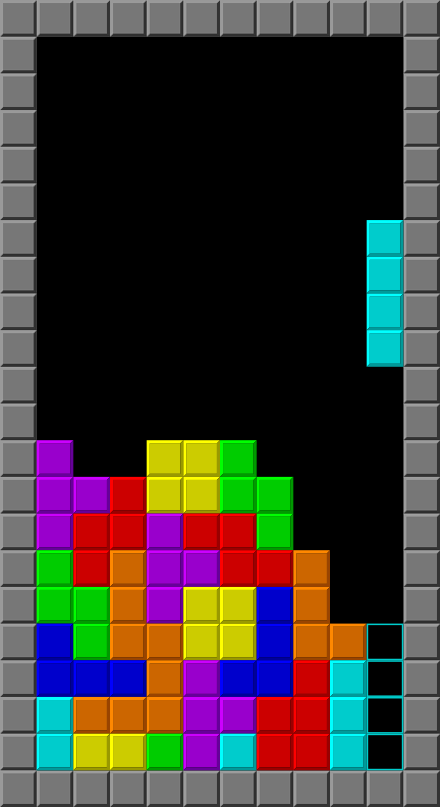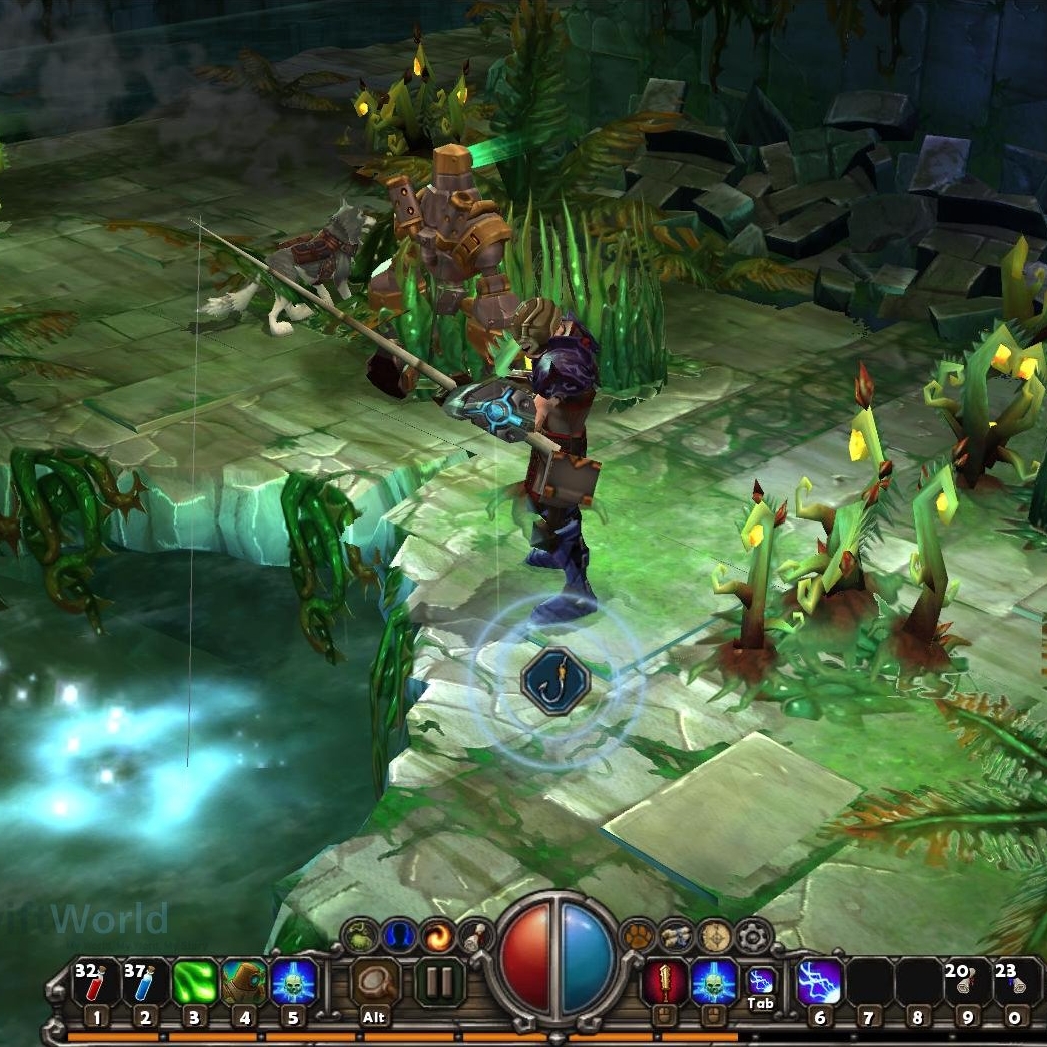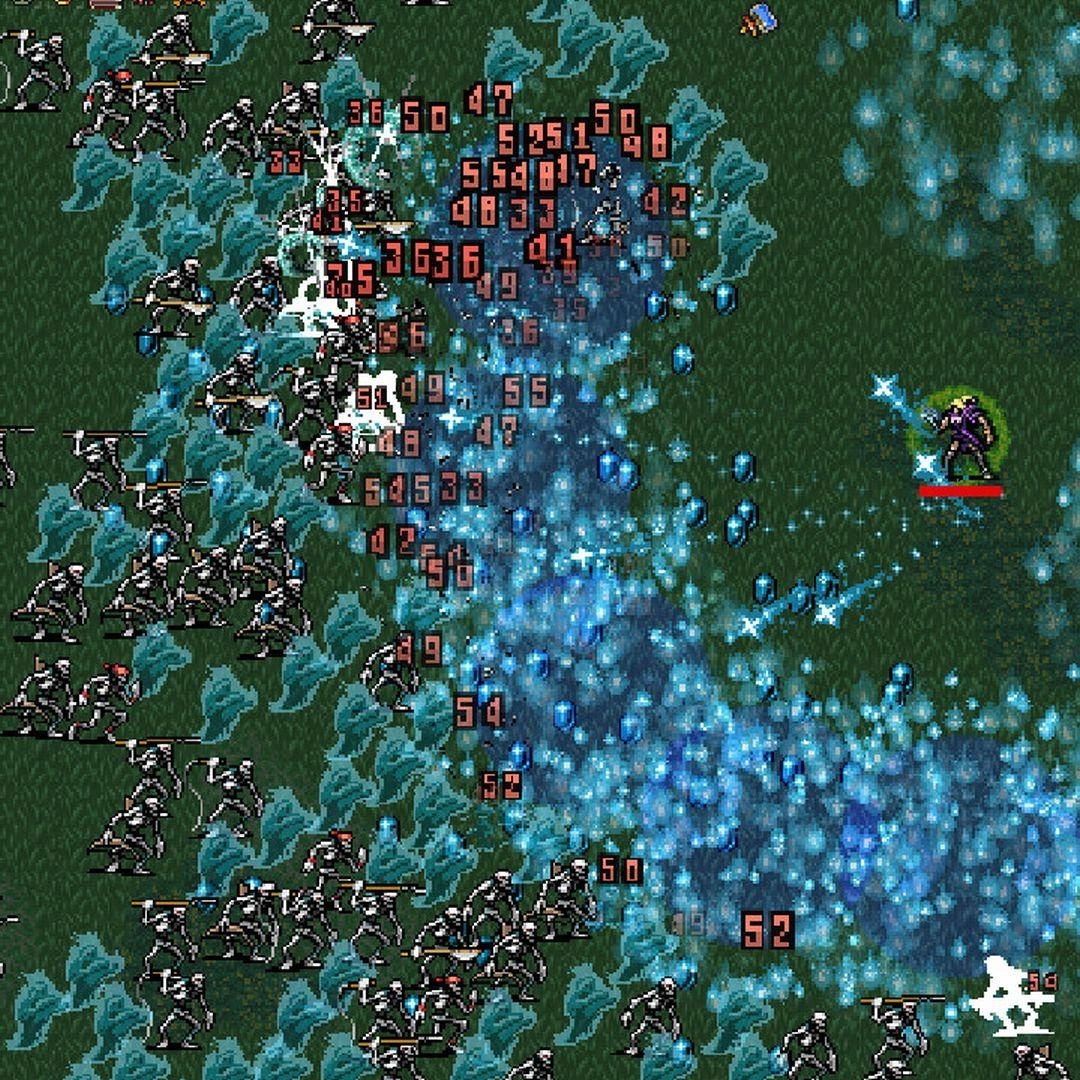Elements of Twitch reflexos, destreza

Challenging the Player
Players play games because they present challenges.
-
By responding to a challenge again and again, players eventually achieve mastery.
-
Too many, too quickly twitch challenges may overwhelm and frustrate the player.
-
Too easy challenges make the player bored.
Tuning, finding the balance between challenges, is one of most important tasks for a game designer.
- To keep the game interesting, designers also have to allow for the game to become progressively more difficult.
Twitch challenges must challenge the player at an optimal level of difficulty.
Tuning

How to get the optimal level of difficulty?
Most forms of twitch skill can scale easily:
-
Every player's ability level is different.
-
Any level will be too hard for some players and too easy for other players.
Tuning: Difficulty Levels
Scale the game to be easier or harder, and then allow players to choose his own level of challenge.
Most forms of twitch skill can scale easily:
-
How fast a player must react in a pure speed challenge;
-
The window of opportunity for a timing challenge can be widened or narrowed;
-
A precision challenge can be made more forgiving or can be assisted by some form of automatic aiming;
-
The number of things to avoid in an avoidance challenge can be modified;
-
A strict time limit for a timed challenge can be changed to ease or increase the time pressure.
Dynamic Difficulty Adjustment
Some games not only have multiple difficulty levels but also can change them on the fly.
-
If the player is doing too well, the difficulty can increase until the player is sufficiently challenged.
-
If the player is losing frequently, the game can ease up a bit so that the player is not frustrated.
Difficulty Curves

Some games simply start off easy and become progressively more difficult as time goes on.
This continues until the player is finally overwhelmed.
Playtesting
When tuning a game, a steady stream of playtesters is indispensable.
-
Designers are too engaged with their own games to discern new players experience.
-
The skill level of experienced testers can no longer objectively test for difficulty.
-
New playtesters are required on a continual basis.
- Their first reactions to the difficulty of the game should be constantly monitored.
Twitch Decision Making
In a twitch environment the player makes decisions many times per second.
-
Most twitch decisions have an obvious correct action that the player should take.
-
The challenge comes from executing that action quickly and accurately.
-
It is not the thinking part of the player's brain that is involved...
- ...but the instinctive, reactive part of the brain.
Pure Speed

-
Perform a routine task as fast as possible...
-
...or repeat a task as many times as possible within a time limit.
In non-digital games pure speed shows up in causal and children's games.
Timing

For example, press the right button at the right time...
Precision

Besides simply to do something fast or to perform an action at a particular moment, a challenge can be to do something accurately.
Avoidance

Staying away from harmful enemies or projectiles.
-
Some games show all of the surrounding area.
-
This is mostly a challenge of keeping threats in view and heading for safer areas.
-
Where the field of vision is limited, there is an additional challenge of identifying where the threats are.
-
Sometimes, players are provided with an overhead view mini map;
-
Other times, they are expected to just look in different directions a lot.
-
When projectiles or enemies are very fast, locating areas of cover is important.
-
If everything moves slower the concept of "cover" is non-existent.
Time Pressure

Any task becomes more difficult when a time limit is added.
- This can be an explicit time limit, such as solving a puzzle within three minutes...
- ...or implicit: find and shoot your opponent faster than they can do the same to you.
- Time limits can be added to all types of skill (strategic and twitch) ...
- ...and change quite drastically the game dynamics.